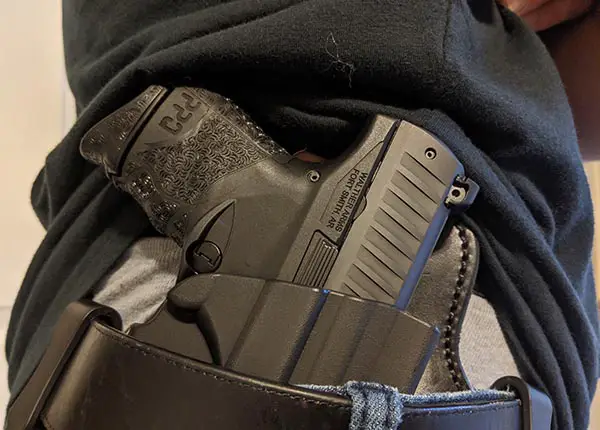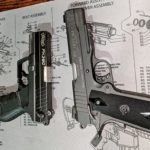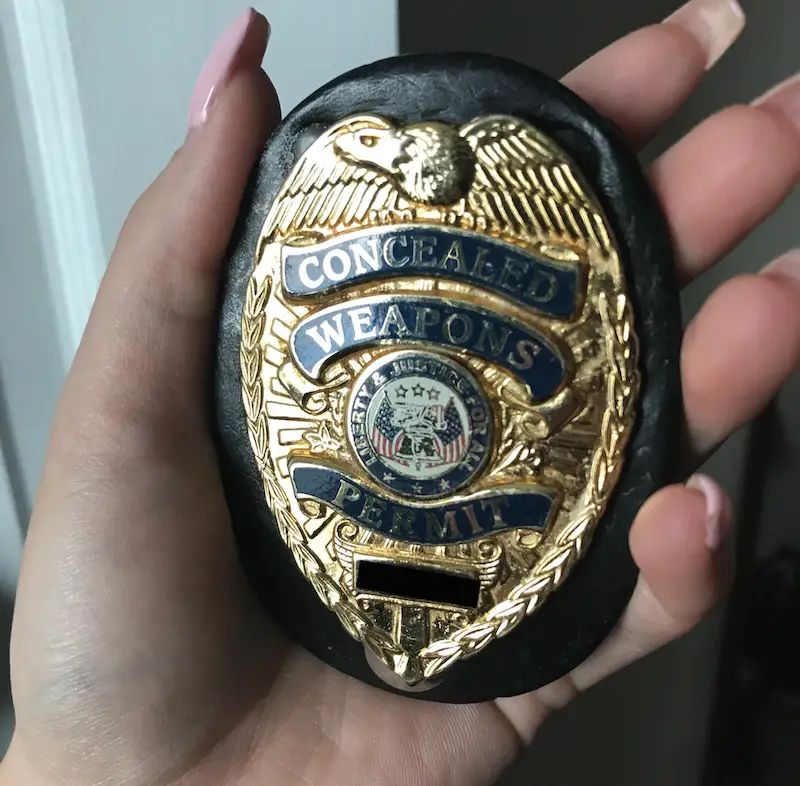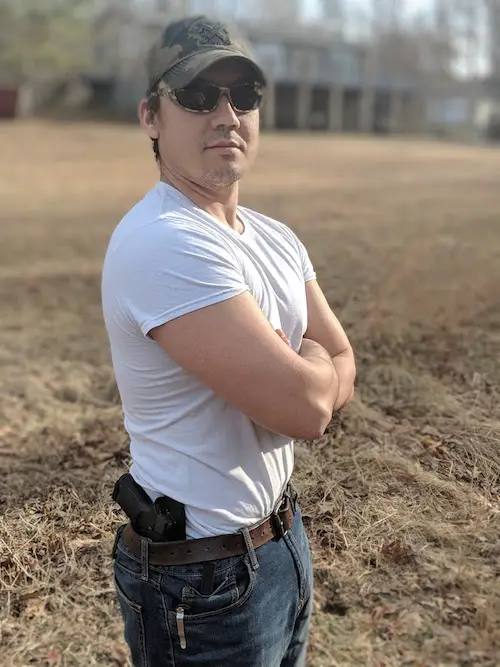Carrying a firearm comes with certain responsibilities. However, the list of concealed carry do’s and don’ts can be a bit ambiguous for beginners. Therefore, I’ve compiled a comprehensive list of things you should ensure you are doing as well as things you should avoid when you carry a concealed firearm. Make no mistake, this list isn’t only for beginners and even those experienced with concealed carry should take a look.
Table of Contents
Do Obey The Laws For Concealed Carry
Although this seems like a no-brainer, you should always obey the laws when you concealed carry. Of course, this pertains predominantly to the laws surrounding firearms. However, ideally you’ll avoid breaking any laws (e.g. speed limits) when you carry a firearm. So, what are some things you should do and avoid doing when you carry?
1. Do Carry Your License With You At All Times
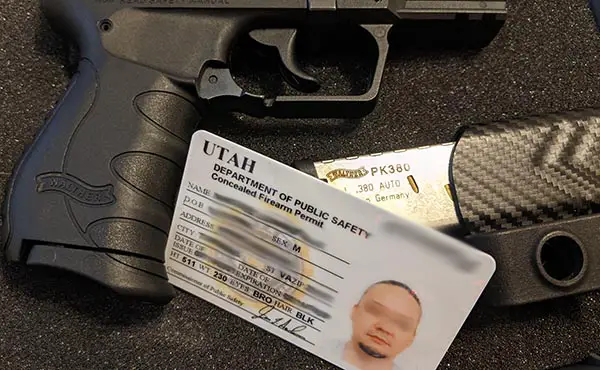
Unless you live in a Constitutional Carry state, your permit is essential to remaining within the limits of the law. Therefore, carry your permit to carry a concealed firearms with you at all times. Additionally, ensure you have a photo ID to verify your identity should the need arise.
If you are from a state where they provide a flimsy paper concealed carry permit, I suggest you get it laminated. Then you can keep it in your wallet (or purse) without having to worry about the legibility of the document.
2. Do Know Where You Can (And Can’t) Carry Legally
Knowledge is your biggest ally when you carry a concealed handgun. Therefore, it should come as no big surprise that knowing what locations you can carry a firearm ranks high on the list of concealed carry do’s and don’ts.
Although laws will vary by locality, there are certain places where you can’t carry. Below are a list of places where concealed carry is universally NOT accepted:
- Government Buildings
- Polling Facilities
- School Zones
Alternatively, below is a list of locations where concealed carry may or may not be accepted:
- Churches
- State Parks
- Vehicles
- Hospitals
Because laws can vary by state, and even localities, I highly recommend you become familiar with the laws of your home state. USCCA has an app that has up-to-date information for states.
3. Don’t Ignore Posted Signage When You Concealed Carry
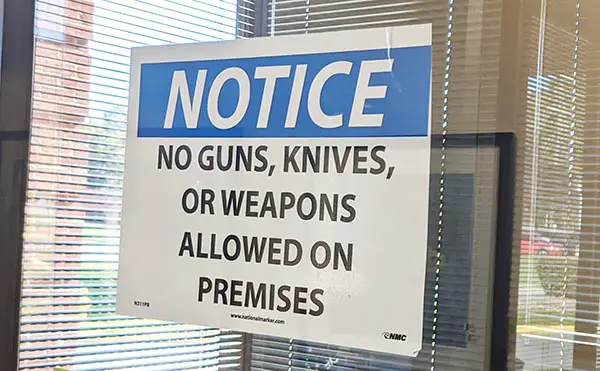
Another item on the list of concealed carry do’s and don’ts that’s often overlooked is signs prohibiting firearms on the property. Although “no firearm” signs do not always carry the weight of the law you should obey posted signs.
Best case scenario if someone sees you carrying a gun at one of these locations they threaten you with trespassing charges unless you leave. Worst case scenario, you leave with a new set of bracelets.
Therefore, I recommend you avoid these locations altogether. Besides, I try to avoid giving my patronage to organizations that don’s support my 2nd Amendment protected rights.
4. Don’t Consume Alcohol Or Drugs When You Carry
You should never consume alcohol or use drugs when you carry a concealed firearm. This is explicitly written in law. However, it’s also negligent behavior and you have an obligation to carry responsibly. If you ever need to use your firearm, the last thing you want is alcohol or drugs in your blood stream which will likely nullify your use of lethal force.
Because several states have moved to decriminalize (or even legalize) marijuana I figured it was important to include this on the list of concealed carry do’s and don’ts. Remember that at a federal level marijuana is still illegal. Even though you may be of age to consume alcohol you shouldn’t do so when you carry a firearm.
5. Don’t Display Your Firearm Unless You Intend To Use It
You should never display your firearm for the purposes of intimidation. Doing so is considered “brandishing” and can land you in legal troubles. Additionally, you should never display your firearm to provoke a threat.
Therefore, a good rule of thumb is to never un-holster your gun unless you intend to use it. Furthermore, you should be confident in your ability to prove imminent danger and that other non-violent/non-lethal options were exhausted.
Do Get Comfortable With Concealed Cary
Knowledge of the laws is only the first step in successfully carrying a concealed handgun. Additionally, you should be comfortable and confident in your ability to carry a concealed firearm in public. However, this may not be easily achieved for some so I’m also including some tips to help you acclimate to carrying a firearm.
6. Do Get A Good Quality Holster
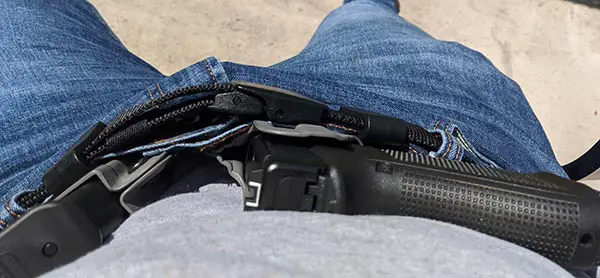
One of the keys to successful concealed carry is a good quality holster. Therefore, you do need to find a holster that is both comfortable and secure. I have my own criteria for what I believe is a good holster. Ideally you’ll have a holster molded to your firearm not a “universal” holster. Your trigger guard should be completely encased to avoid accidental discharges. There’s more, but you can check out the “Gear Review” section for holsters I own and use.
7. Do Wear Clothing That Conceals Your Handgun
Concealed carry comes with an array of benefits. However, you lose the advantages of concealed carry when you fail to conceal your firearm effectively. Therefore, you do want to make sure that your choice of attire is both comfortable and able to conceal your gun.
Oftentimes, this is easy enough to do in our casual wear. However, if you’re looking for tips for the office, check out my article on concealed carry in business attire.
8. Don’t Perform Security Checks On Your Firearm
Many beginners often perform “security checks” on their firearm when they carry in public. Touching your holstered firearm can draw unwanted attention to your concealed handgun and should not be done.
If you feel the need to touch your firearm, then you may want to re-evaluate your holster selection (see item 6). Additionally, security checks show a lack of confidence, comfort, or both.
If confidence is your problem here are some tips:
- Carry an empty holstered firearm around your house.
- Perform various activities with a model firearm to know the limits of your holster.
Do Prepare & Practice

Now you know the legal way to carry a concealed firearm and how to carry comfortably. Next you need to practice concealed carry — consistently. Unless you train with your firearm and holster you won’t be able to address a threat effectively. Additionally, you must understand that defensive use of a firearm rarely ends when a threat is neutralized. So, the more preparation you do in advance the better protected you will be should you ever need to invoke lethal force.
9. Do ALWAYS Follow The Firearm Safety Rules
I cannot stress this enough, ALWAYS FOLLOW THE FIREARM SAFETY RULES. Picking up a spray bottle? Keep your finger off the trigger. Are you doing some dry-fire drills? Duly verify the gun is unloaded and practice while pointing the gun in a safe direction.
If you practice good firearm safety, you are less likely to injure yourself and others during your practice repetitions. You can find this information and more at my concealed carry practice exam page. Matter of fact, you should test your knowledge from your class while you’re at it!
10. Do Get Concealed Carry Insurance
Unfortunately, when using a firearm in self defense pulling the trigger is rarely the end of the ordeal. Therefore, I highly recommend that you do get concealed carry insurance for all of the legal matters that are sure to follow. Remember that just because you are absolved of any criminal charges this doesn’t mean you are not subject to civil actions.
I personally carry with USCCA to protect myself and my assets if I ever need to use my firearm in self defense. Not only do they provide legal coverage, but they also provide useful resources for training, education, and more.
11. Do Practice Your Draw Stroke
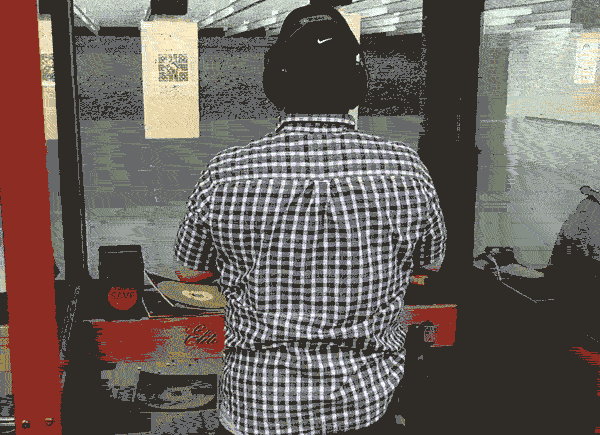
It amazes me how many firearm owners fail to go to the range and practice self defense shooting accuracy. Equally as disturbing is people who carry a concealed firearm yet fail to practice un-holstering their firearm. Therefore, if you’re going to carry a gun you do need to practice your draw stroke.
Now, I’m not saying you need to practice this exclusively at the range. Even adding a draw stroke to your dry fire regiment can make you more effective. Whether you choose to use live ammunition or simply practice at home, you do need to ensure you follow the firearm safety rules.
Parting Shots
Remember that knowledge is key when you concealed carry. Additionally each person has a different perspective when it comes to the “essentials” for concealed carry. However, this list is pretty comprehensive when it comes to remaining on the right side of the law and general preparedness. If you found this list of concealed carry do’s and don’ts helpful, please leave a comment and share with your network.
